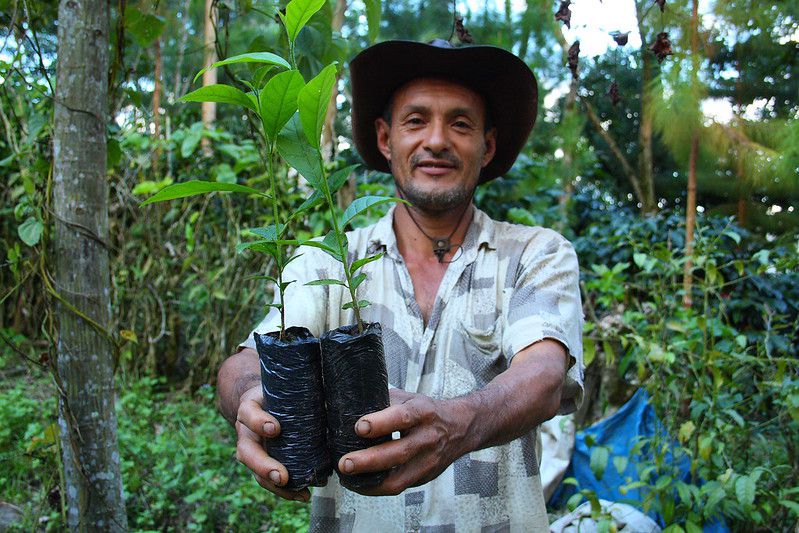Did you know that coffee can also be good for the environment? Studies have shown that coffee plants can help forests grow faster and stronger, providing important benefits for both the local ecosystem and the global climate.
Coffee plants are native to tropical regions and thrive in the shade of taller trees. This means that coffee plantations can provide important habitat for a variety of plant and animal species, including birds, butterflies, and bees. By planting coffee in the shade of larger trees, farmers can create a more diverse and resilient ecosystem that is better able to withstand climate change and other environmental stresses.
But the benefits of coffee don’t stop there. Researchers have also found that coffee plants can help to increase the rate of reforestation in degraded or deforested areas. In a recent study, scientists in Costa Rica found that planting coffee seedlings in abandoned pastures led to significantly faster growth of surrounding trees and shrubs, compared to areas where coffee was not planted.
So how exactly does coffee help forests grow faster? One theory is that coffee plants release caffeine into the soil, which acts as a natural herbicide, inhibiting the growth of other plants and allowing the coffee and surrounding trees to thrive. Another possibility is that the presence of coffee plants encourages beneficial microorganisms in the soil, which in turn support the growth of other plants.
Whatever the mechanism, the benefits of coffee for forest restoration and conservation are clear. By incorporating coffee into reforestation projects, farmers and conservationists can create more resilient and diverse ecosystems that provide a range of benefits, from improved soil health and carbon sequestration to habitat for threatened species.
But it’s not just about planting more coffee. To truly harness the power of coffee for conservation, we need to think creatively and strategically about how we can leverage this crop to achieve our conservation goals. One promising approach is agroforestry, which involves integrating trees and crops in a mutually beneficial system. By planting coffee alongside other tree species, farmers can create a more diverse and productive system that provides multiple benefits for people and nature.
Agroforestry has been shown to be a powerful tool for restoring degraded lands, improving soil health, and increasing resilience to climate change. By incorporating coffee into agroforestry systems, farmers can not only enjoy the economic benefits of coffee production, but also contribute to important environmental goals.
So next time you sip your morning coffee, take a moment to appreciate the complex and fascinating relationships between this beloved beverage and the natural world. And consider how we can work together to harness the power of coffee for a more sustainable and resilient future.

